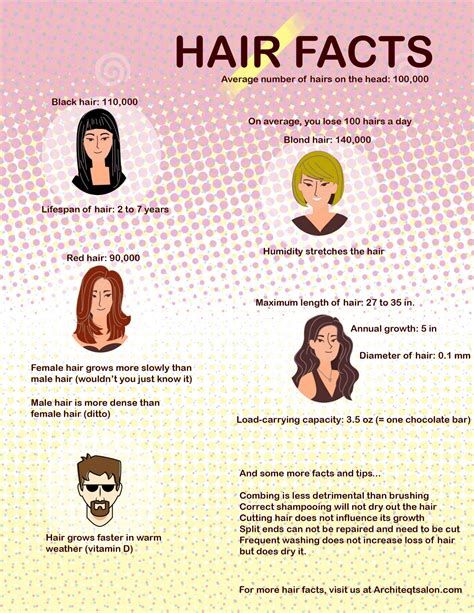An Uncommon and Enchanting Combination
Curly ginger hair, a captivating blend of fiery red curls and playful ringlets, is an undeniably striking trait. While it may occur in just 1% of the global population, its magnetic allure has captivated hearts and minds for centuries. This article delves into the captivating world of curly ginger hair, exploring its intriguing origins, genetics, benefits, and practical advice for embracing its beauty.

Genetics: Unraveling the Ginger-Curly Mystery
The distinctive appearance of curly ginger hair is largely attributed to two genes: the MC1R gene, responsible for red hair, and the EDARV gene, linked to hair curl. Mutations in these genes disrupt melanin production and hair follicle development, resulting in the fiery hue and coiled texture that define ginger curls.
Prevalence: A Global Rarity
Curly ginger hair is considered a relatively rare trait, occurring in approximately 1% of the global population. It is most prevalent among individuals of Celtic descent, particularly in Ireland, Scotland, and parts of England. However, it can also be found in other regions, including Northern Europe and certain parts of North America.
Embracing the Benefits: Beyond Aesthetics
Beyond its striking appearance, curly ginger hair offers several potential benefits. It is often associated with increased sensitivity to pain, which may provide an advantage in certain medical procedures. Additionally, studies suggest that individuals with red hair may have a higher pain tolerance and a reduced risk of developing certain types of cancer.
Care and Maintenance: Tips and Tricks
Taming and maintaining curly ginger hair requires a specific approach. Here are some tips and tricks to help enhance its beauty:
- Use gentle shampoos and conditioners: Harsh chemicals can strip away natural oils, leading to dryness and frizz. Instead, opt for products specifically designed for curly hair.
- Deep condition regularly: Weekly deep conditioning treatments will replenish moisture and restore the hair’s natural elasticity.
- Avoid over-brushing: Excessive brushing can break up curls and cause tangles. Use a wide-toothed comb or detangling spray for careful detangling.
- Embrace the air-dry method: Heat styling can damage curls. Instead, air-dry your hair naturally or use a diffuser to minimize heat exposure.
- Protect from the sun: UV rays can fade hair color and damage the hair shaft. Wear a hat or use a UV protectant spray when exposed to the sun.
Styling Versatility: From Ringlets to Waves
Curly ginger hair offers a wide range of styling possibilities. Experiment with various techniques to create different looks:
- Scrunch and go: Apply a curl-enhancing product and gently scrunch the hair to encourage curl formation.
- Twist and pin: Twist sections of hair and pin them to the scalp to create defined curls.
- Braid and release: Braid damp hair and allow it to dry overnight. Release the braids in the morning for soft, wavy curls.
- Use a diffuser: Attach a diffuser to your hair dryer to enhance curl definition and reduce frizz.
- Experiment with buns and updos: Secure curls into buns or updos for elegant and versatile styles.
Cultural Significance: A Symbol of Beauty and Strength
Throughout history, curly ginger hair has held cultural significance and symbolism. In Celtic cultures, it was associated with fertility and power, while in Victorian times, it was seen as a sign of beauty and desirability. Today, curly ginger hair continues to be celebrated as a unique and striking trait that embodies strength and individuality.
Health Considerations: Understanding the Connection
While curly ginger hair may be associated with certain health conditions, it is important to note that these conditions are rare and not specific to individuals with this hair type. These include:
- Increased sensitivity to pain: Studies suggest that individuals with red hair may experience increased sensitivity to certain types of pain, such as cold or electrical pain.
- Higher pain tolerance: Paradoxically, some research indicates that individuals with red hair may also have a higher tolerance to certain other types of pain, such as heat pain.
- Reduced risk of certain cancers: While not conclusive, some studies have suggested that individuals with red hair may have a reduced risk of developing certain types of cancer, such as melanoma and prostate cancer.
Inspiring Innovations: Harnessing Curly Ginger Hair’s Potential
The unique characteristics of curly ginger hair have inspired innovative applications in various fields:
- Pain management: Researchers are exploring the potential of using gene variants associated with red hair to develop new pain management strategies.
- Hair care products: Cosmetic companies have developed specialized hair care products tailored to the specific needs of curly ginger hair, enhancing its health and appearance.
- Medical research: The study of curly ginger hair has contributed to a deeper understanding of genetics and pain perception, paving the way for advancements in medical treatments.
Conclusion: A Celebration of Unique Beauty
Curly ginger hair is a captivating and uncommon trait that embodies beauty, strength, and individuality. While its prevalence may be limited, its allure has captivated hearts across cultures and time. By understanding its genetic origins, health considerations, and care requirements, we can appreciate and celebrate the unique charm of curly ginger hair. Whether flaunted in its natural curls or styled into intricate creations, this remarkable hair type continues to inspire awe and admiration.
